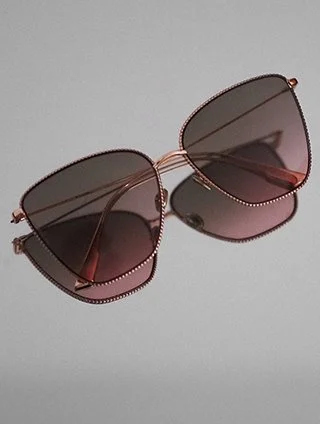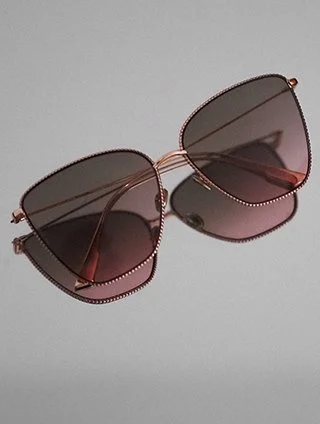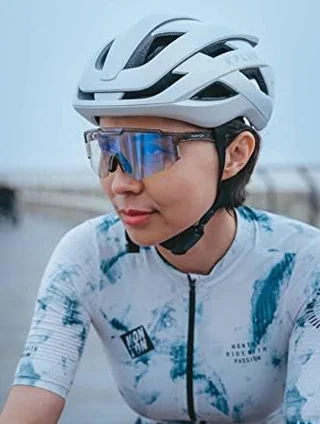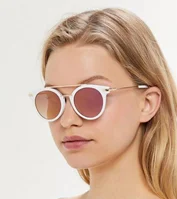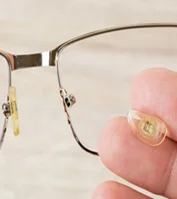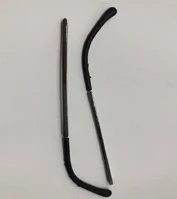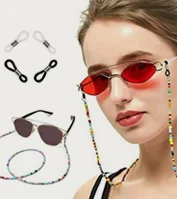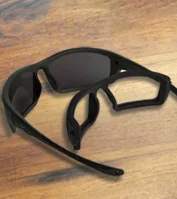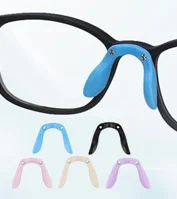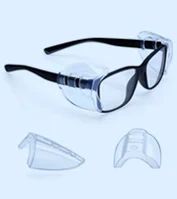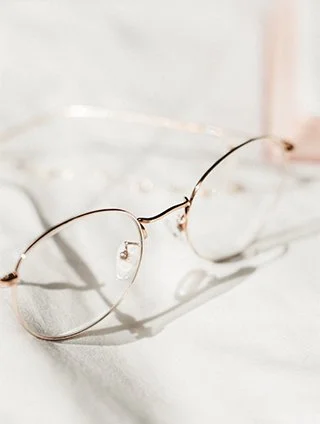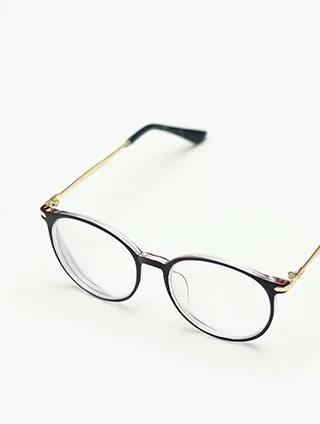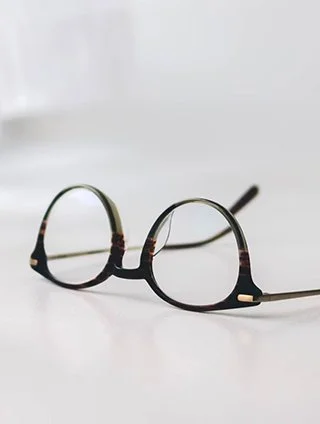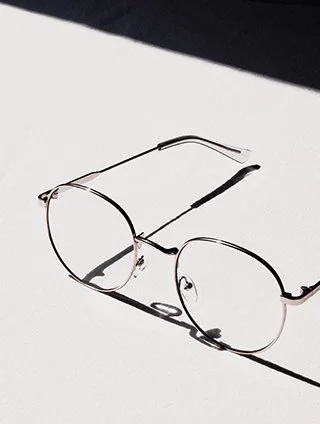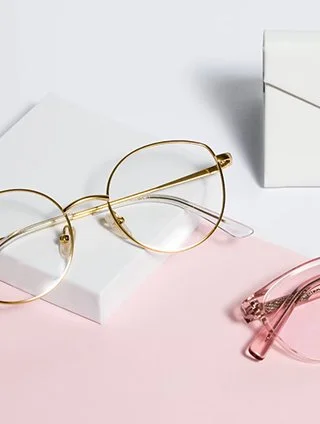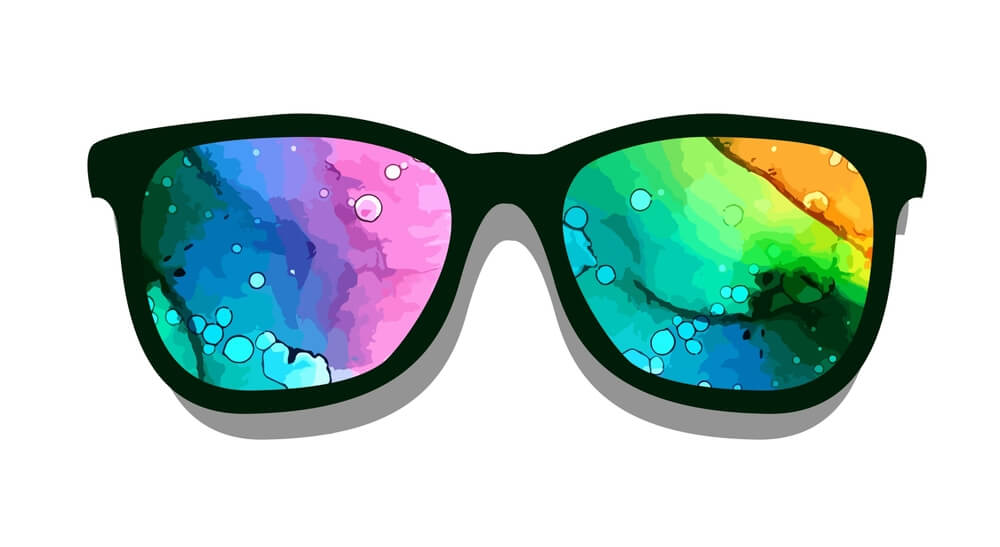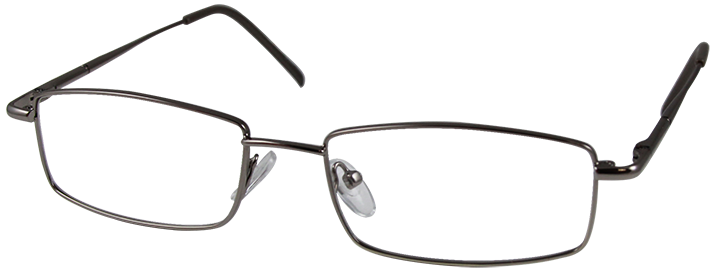Last updated: Wednesday, October 29, 2025
Your choice of lenses can significantly impact how well your eyeglasses work. Some people can live just fine with simple plastic CR-39 lenses; others, however, might want to think about the thinner, more expensive polycarbonate or high-index varieties, which might be better suited for stronger prescriptions. This will depend on what your eye doctor recommends.
There are also the frames: are they rounded or square-shaped, made of plastic or wire, Audreys or Aviators? When choosing frames and lenses, there are numerous lens coatings to take into account, each with unique characteristics like light reduction or scratch resistance. Certain ones are purely aesthetic, but others may improve your comfort and safety based on your vision requirements.
Furthermore, although the cost of your eyeglass package might cover certain coatings, others could run up to more than $100. Your eye doctor might offer some advice on how to determine what's best for you. Most of these are private choices. We've compiled some facts for you to use in sorting through the popular options.
Green Coating
To set them apart from uncoated lenses, the original coated lenses were produced in green colour. The reflection gives a 2 percent enhancement at 515 nm, which makes the contrast visible, and the reflection appears as a green film. The common reflection reduction film, which is currently excellent and old, makes up this layer of film. In terms of UV protection and alleviation of eye fatigue, the green film layer performs somewhat better, and the light green colour, which is currently the common colour of the lens coating layer, is harder to find on the lens.
Advantages
- When viewed from specific angles, green coatings exhibit a greenish-teal hue.
- In the green and yellow regions of the visible light spectrum, they are effective at reducing reflections. In bright outdoor environments, green coatings can improve visual clarity and contrast.
- For sunglasses and outdoor activities, they are a popular choice.
Blue Coating
With the ability to absorb over 99 percent of blue light and radiation, blue-coated lenses offer exceptional anti-radiation and anti-blue light performance, providing you with a safer and more expansive field of vision. However, there are some drawbacks to the blue film: the blue light reflection is excessively high (10–15 percent). According to optical theory, such a lens decreases the light transmission rate. In addition, strong reflections occur when light is reflected off of an object, making drivers particularly inappropriate candidates for this type of lens. Driving at night will produce blue ghosting or reflections that resemble blue horizontal lamp tubes.
Advantages
- Blue coatings exhibit a bluish tint from specific viewing angles.
- They are successful in lowering visible light spectrum reflections in the blue and violet regions.
- Blue coatings can help lessen eye strain from exposure to blue light, which makes them useful for using computers and other digital devices.
- They are a more stylish and contemporary option for eyewear.
Eyeweb Offers The Best Blue Light-Blocking Glasses
Metra 1068
Metra 1068 frames have a full metal rim and are rectangular. These glasses are compatible with blue light-blocking lens treatment. These frames are perfect for situations where eye safety hazards and blue light need to be avoided because they come with a side shield option.
Metra 1068 Frame Grey Color
Dennis
Dennis's glasses are bold, unisex frames with wingtip styling. Wide field of vision and blue light protection are two benefits of rectangular lenses. Select prescription or plano lenses in a variety of colours to go with your choice of frame colour.
Dennis' Glasses Grey Color
Jess
Large frame size modified cat eye full-rim Jess eyeglasses at an affordable price. Single-vision, bifocal, no-line progressive, and plano lenses can all be used with these blue light-blocking glasses.
Jess's frame in Blue.
Parker
A few things need to be taken into account to properly protect your eyes. When working at a desk, blue light-blocking lenses can be useful, but there may be other risks to consider in your workplace. The Parker frame has been designed to withstand unexpected collisions, so you can be sure that your eyeglasses won't break.
Parker Frame Crystal Color
Joy
When working on a screen, these Joy Optical frames are ideal to wear. These oval frames have a stylish design and a wide field of vision, making them ideal for teachers.
Joy Optical Frames Green Color
The particular region of the light spectrum that each coating targets for reflection reduction is the primary distinction between green and blue coatings. Both can be used on astigmatic lenses. The decision between them is frequently based on personal taste and visual requirements.
For Lens Coating, Which Color Is Best?
You may be familiar with the term lens coating if you have any knowledge about eyeglass lenses. However, did you know that the colour of the lens coating also affects how well it works? Which colour is better? Let's first clarify what lens coating is. To improve the lens's ability to reflect light and play a part in enhancing or reducing the role of light through the lens's light transmission was increased to 98 percent. The use of optical film makes coated lenses possible and creates new technology. They are coated with a certain thickness of single-layer or multi-layer optical film.
The Transmittance of Light
Blue-coated lenses have a low light transmittance. Of all coated lenses, green-coated lenses have a comparatively high light transmittance. Green-coated lenses have a light transmittance of up to 98.6%, whereas blue-coated lenses only transmit light at 96.8%. The anti-reflection brightness point in the center of the visible spectrum will be due to the green film's wider and flatter anti-reflection feature, which is caused by its more sophisticated and complex film system as compared to others.
Regarding Protection
Blue-coated lenses perform poorly in terms of anti-ultraviolet protection and cannot filter harmful glare when compared to green film lenses. It can shield the eyes from 100% UV, infrared, and other harmful glare, which is more harmful to the eyes than green film lenses. Because they can effectively prevent vision impairment and loss, as well as eye diseases like macular degeneration and cataracts, green-coated lenses outperform blue-coated ones in terms of safety performance.
A Difference in Wear Resistance
Comparing blue-coated lenses to green-coated lenses, the former has substantially greater wear resistance. In addition, blue-coated lenses offer more comprehensive eye protection capabilities by blocking electromagnetic wave radiation from devices like computers, TVs, and cell phones.
Disparities in Comfort Levels
Visual fatigue is the first thing that comes to mind when discussing comfort. Speaking specifically of green film lenses, their greatest benefit is improved wearing comfort, besides increased safety. This is because the green color is more in tune with nature, the green film layer more closely aligns with the physiological properties of the human eye, and the overall appearance is more exquisite.
Additionally, green-coated lenses feel more natural on the eyes, especially for people who wear glasses all day. The green light has the effect of massaging the eyeballs and doesn't hurt when worn for extended periods, which helps prevent eye fatigue and promotes eye health.
Green-coated lenses provide greater comfort than blue-coated ones because blue-coated lenses can easily lead to eye fatigue when worn for extended periods.
Dealing With Astigmatism
- Astigmatism is a refractive error in an irregularly shaped cornea or lens that results in distorted or blurry vision. Regardless of the kind of anti-reflective coating used, astigmatism correction necessitates custom prescription lenses.
- The ability to correct astigmatism is unaffected by the coating's colour (green or blue). The important variables are the lens design and prescription. Astigmatists can select between green and blue coatings according to their visual requirements and personal preferences.
Five Wise Steps Before Purchasing Eyeglasses Lenses
Your Lifestyle
Consider your eyeglasses usage habits. Your lifestyle and habits should guide your choice of coating, whether you plan to use it indoors or outdoors for sports, reading, desk work, or daytime and nighttime driving.
Consider the Cost
Certain coatings, such as those that are glare-reducing or anti-reflective, have varying price points. However, specialists assert that the costliest choice isn't always of a noticeably better caliber. There are some house brands out there that are pretty similar to the premium versions.
Request a Description
Many times, coatings that improve scratch resistance or lessen reflections are included in the package when purchasing eyeglass lenses. Make sure you don't overpay for a coating that should have come with your package.
Steer Clear of the Pushy Salesman
By the time you get to the eyeglass purchase point in the eye exam cycle, you're in a retail environment and may be working with the staff rather than the doctor, even if you purchase the glasses from your ophthalmologist. If you're in an eyeglass store, he advises being even more wary of anything that feels like high pressure.
Look Through the Warranty
Many glasses come with warranties, but some may not cover coatings. The kinds of warranties that are covered and how long they last can differ. Almost all warranties and coatings today are designed to last the life of the prescription, which is approximately 28 to 30 months on average. If you can get the issue resolved or have a new pair of prescription glasses, if a coating begins to deteriorate within a year, regardless of what your warranty states.
FAQ's
How to remove the coating from glasses?
Combine one part salt water with five parts isopropyl alcohol to remove the coating from glasses. After soaking the lenses for an hour, use a plastic scraper to remove the coating carefully.
What is lens coating?
A customized layer that is put into the lenses of eyeglasses or sunglasses to improve their durability and performance is called lens coating. Anti-reflective, scratch-resistant, and UV protection coatings are common varieties that are intended to enhance visual quality and shield the lenses from harm.
How to tell if the lens coating is damaged?
Check the lens surface for indications of deterioration, such as scratches, peeling, or discoloration. When looking through the lenses, you might also notice less contrast, more glare, or diminished clarity.
How to remove anti-reflective coating from glasses?
Glass's anti-reflective coating can be removed by combining one part seawater with five parts isopropyl alcohol. After immersing the lenses in the solution for an hour, use a plastic scraper to carefully remove the coating.
How are eyeglass lenses made?
The process of creating eyeglass lenses begins with big blanks of glass or plastic that are polished and sculpted to fit precise prescriptions. The final lenses are fitted into frames for the best possible vision correction after being ground, polished, and coated.




